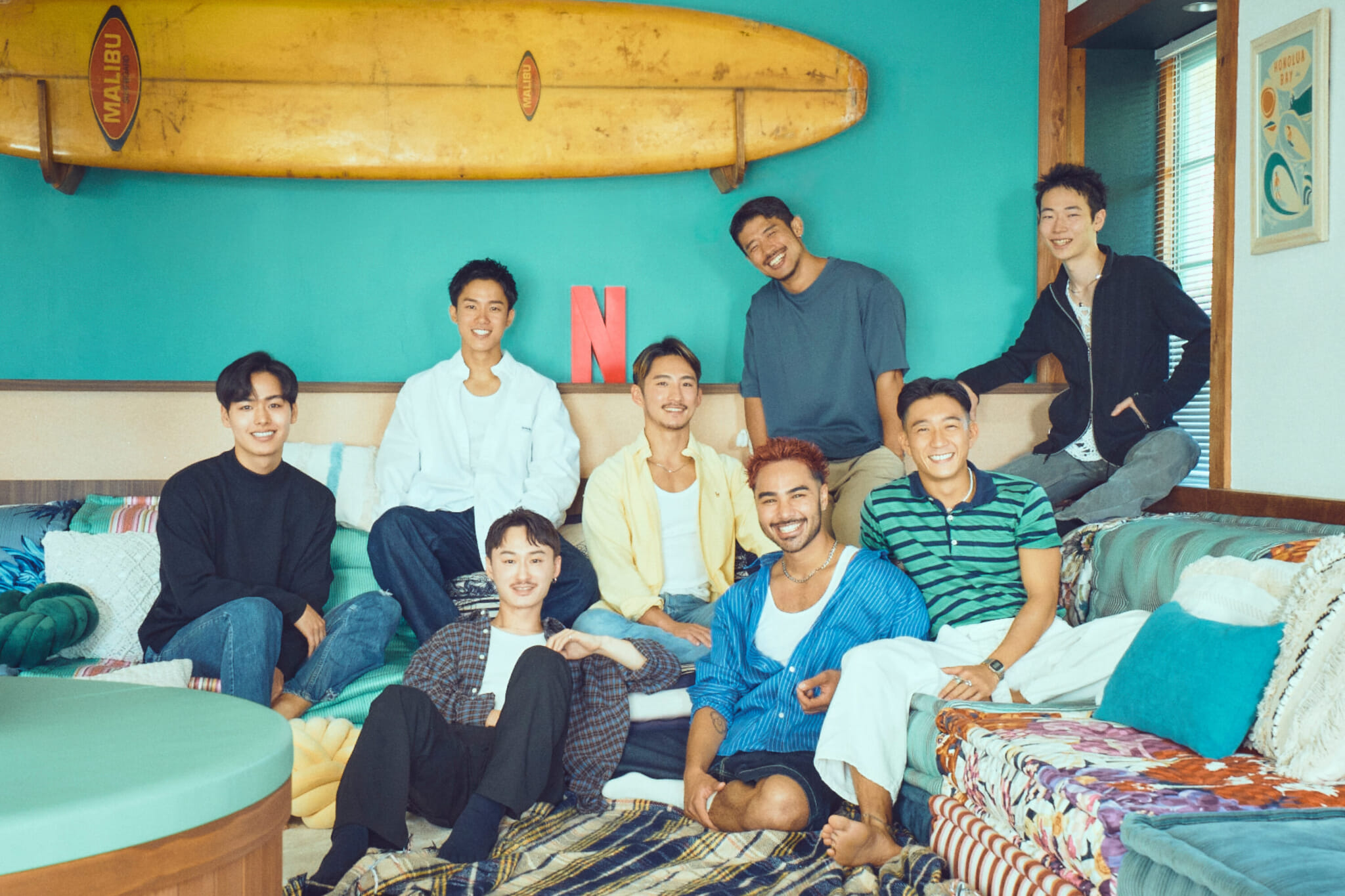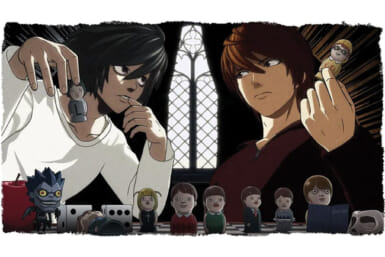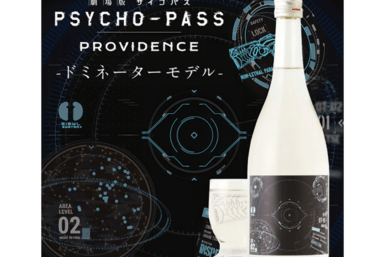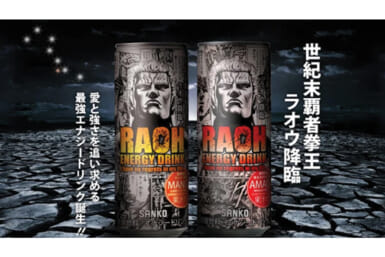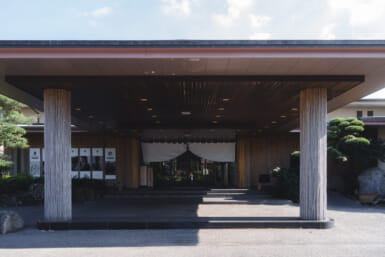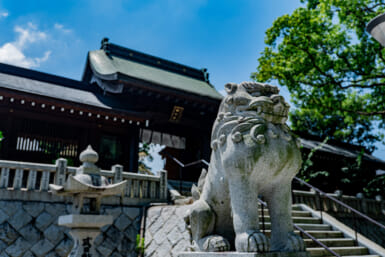For this month’s List of 7, we’re looking at Japan’s best reality TV shows. Only programs that originated in this country are featured, so imported shows like Bachelor Japan and Love Is Blind Japan are not included.
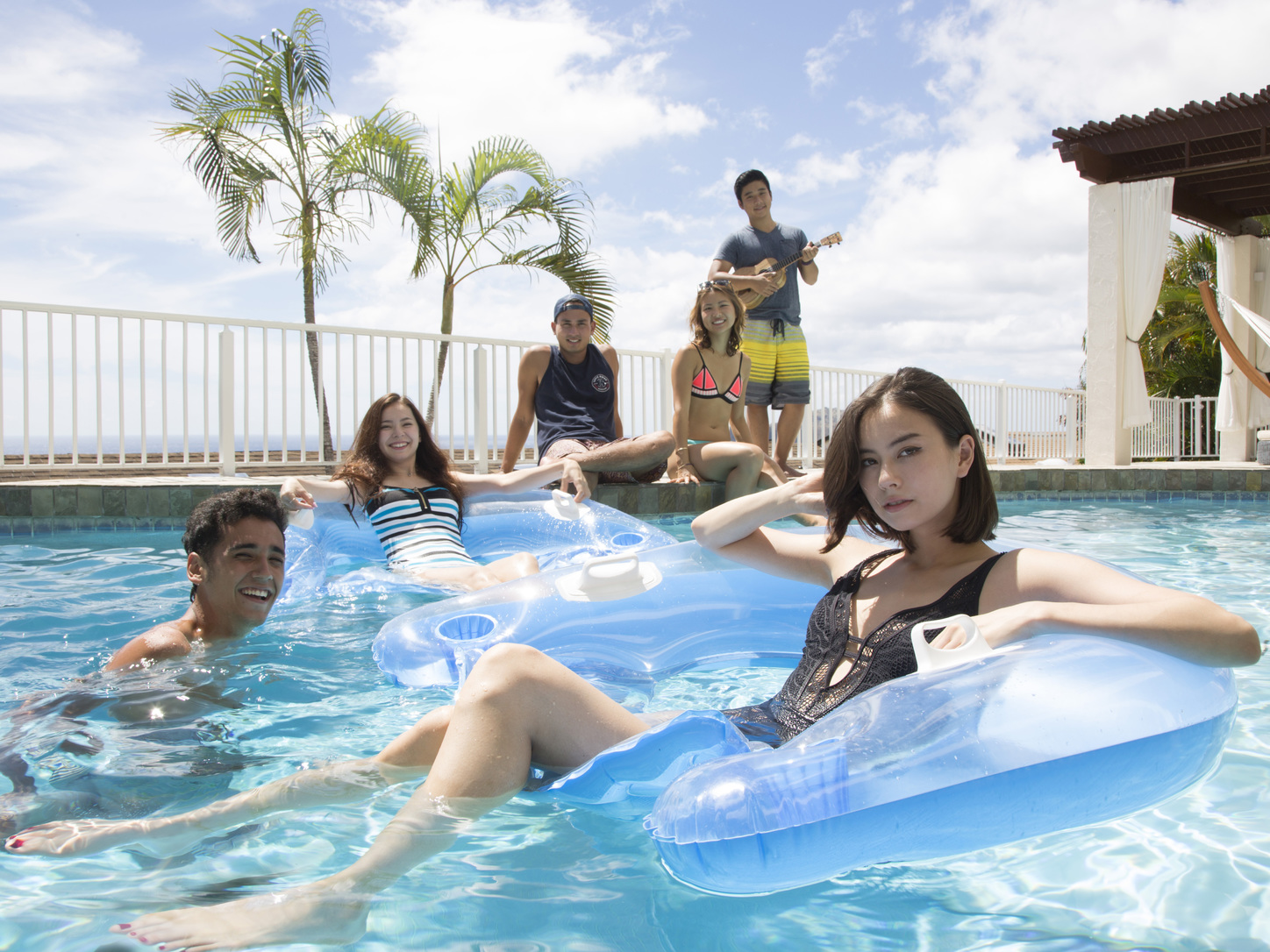
1. Terrace House
When you mention Japan’s best reality TV shows, the first program that comes to mind for many is Terrace House. The debut series — subtitled Boys x Girls Next Door — premiered on Fuji TV in October 2012. A fly-on-the-wall reality show featuring six seemingly polite people living under the same roof, it was much calmer than explosive Western programs like Big Brother due to its non-competitive nature. According to Ryota Yamasato, one of the program’s commentators, that was one of the reasons it became popular.
“There are conflicts, but they’re dealt with in a quiet, considered way which can be even scarier than something explosive,” he told Tokyo Weekender in 2017. Things did get heated in season five, leading to the program being canceled: Hana Kimura took her own life after being attacked by trolls for shouting at Kai Kobayashi when he accidentally shrank her wrestling costume in the dryer. “She was targeted because she expressed her emotions openly in a country where the culture of gaman is very important,” said housemate Violetta Polt.
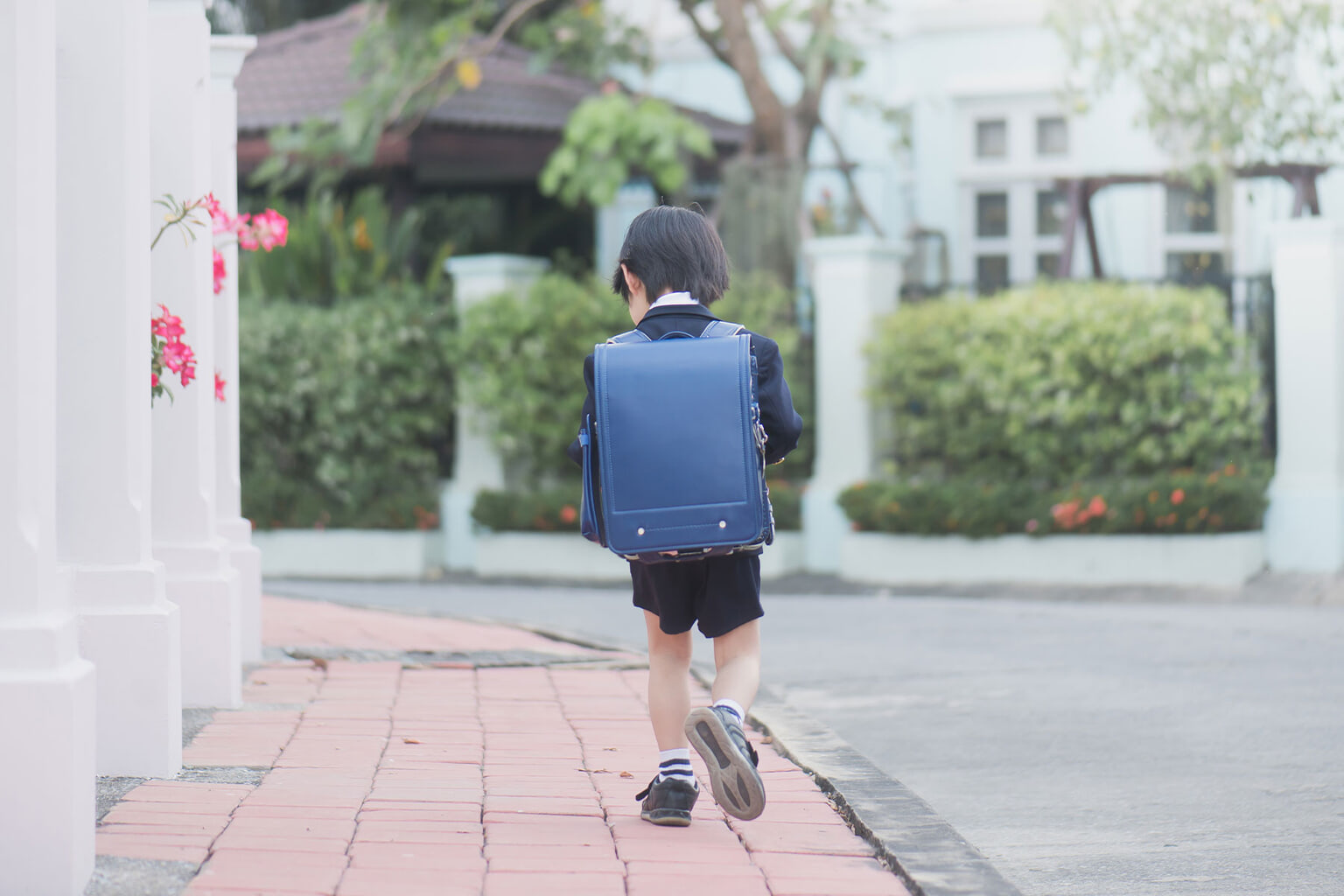
2. Old Enough!
A Japanese reality show that makes stars out of children — usually aged between 2 and 6 — Hajimete no Otsukai (My First Errand) debuted on Nippon TV in 1991. It reached international audiences three decades later when it premiered on Netflix with the English title Old Enough! Described by The Guardian’s Stuart Heritage as “an absolute rollercoaster of emotions that leaves you in tatters,” it follows toddlers and preschoolers as they embark on their first errand outside the house. They think they are alone as they’re sent out to shop or navigate public transport.
Created by Junji Ouchi, the series was inspired by Yoriko Tsutsui and Akiko Hayashi’s 1976 picture book, Hajimete no Otsukai, which tells the story of Mii-chan, a 5-year-old girl sent out to buy some milk by her mother, who is busy with chores. Like the kids on Old Enough!, she is terrified when she first steps out but takes great pride in accomplishing the task. While Mii-chan is out on her own, the program is safer, as the kids are followed by a camera crew disguised as passersby.

Chef Morimoto
3. Iron Chef
Kicking off with Jean Anthelme Brillat-Savarin’s aphorism, “Tell me what you eat and I’ll tell you what you are,” Iron Chef (Ryori no Tetsujin) proved a huge hit during its original run in the 1990s. It was the eccentric stage and movie actor Takeshi Kaga who first went to the Fuji TV offices with the idea of a stylized cook-off. Executives liked the idea, and Kaga went on to host the show in a specially constructed cooking arena he called Kitchen Stadium.
His Gourmet Academy of chefs — initially Rokusaburo Michiba, Kenichi Chen and Yutaka Ishinabe, then later Hiroyuki Sakai, Masahiko Kobe, Koumei Nakamura and Masaharu Morimoto — took on cooks from around the globe in a series of timed battles. They had an hour to prepare multicourse meals based around a themed ingredient. A panel of judges then awarded points for taste, presentation and originality. While there were specials afterward, the Japanese series officially ended in 1999. That same year, Iron Chef was picked up by the Food Network channels in the United States and Canada.
4. The Tigers of Money
A pun on “The Tiger of Malaya” — a nickname given to the convicted war criminal Tomoyuki Yamashita — The Tigers of Money (Mane no Tora) first aired on Nippon TV in 2001. The show was hosted by actor Eisaku Yoshida while the opening video featured porn actress Ai Nagase in a sailor’s outfit. The concept was a simple one: Inventors, product designers or service operators pitched their business ideas to entrepreneurs known as Money Tigers in the hope of securing investment from them.
The Tigers of Money was broadcast between 2001 and 2004. In January 2005, the first version outside Japan aired on BBC 2 in the United Kingdom. Titled Dragons’ Den, it proved an immediate hit. Twenty-one seasons later, it’s still going strong. In the United States, where it was launched in 2009 on ABC as Shark Tank, it has won the Primetime Emmy Award for Outstanding Structured Reality Program five times. Earlier this year, Bangladesh became the 50th nation or territory to broadcast a local version of the show.
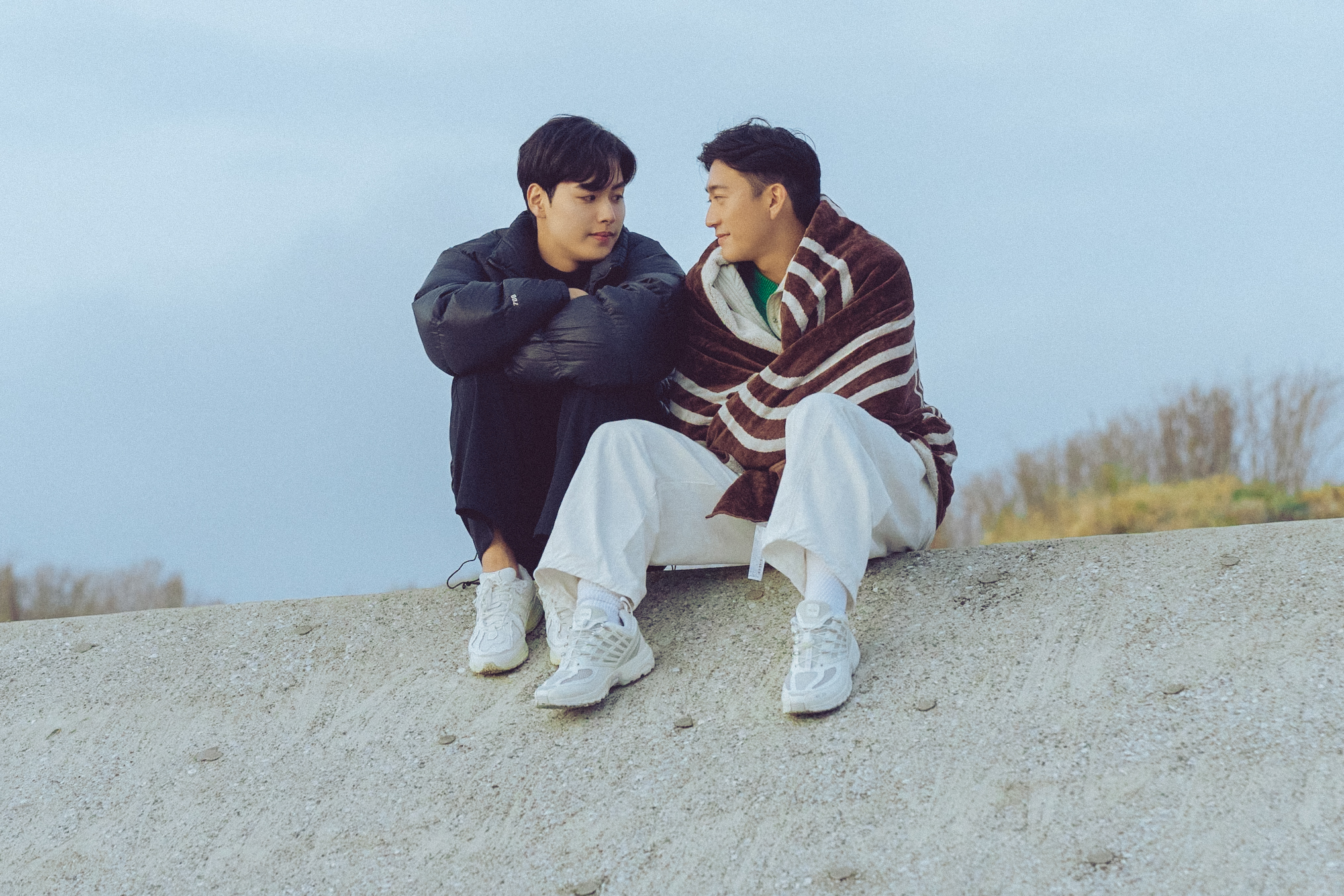
5. The Boyfriend
A male-only version of Terrace House, The Boyfriend was called “the best reality TV series on TV” by The Daily Beast shortly after it premiered on Netflix earlier this year. The first season followed nine men aged between 22 and 36 living together in an extravagant house called The Green Room in a coastal town just outside Tokyo. Five of them moved in on the opening day and received a message via an iPad informing them that they would be working together in a coffee truck.
As with Terrace House, a group of celebrity commentators gave their thoughts on what was happening. The two most talked-about housemates were Dai Nakai and Shun Nakanishi, who professed their love for each other in the final episode and revealed they were still together during the reunion show. Alan Takahashi and Kazuto Kasahara also walked away from the Green Room hand-in-hand, however, the pair revealed on the reunion special that they didn’t make things official after the program, though they remain close friends.
6. Ainori
A travel and romance reality TV show, Airnori follows seven people touring on a pink bus known as the Love Wagon. As well as enjoying the sites of various countries overseas, participants attempt to find love with someone from the group. If they fall for someone, they ask the driver for a ticket back to Japan before declaring their love for the object of their affection. If that person responds with a kiss — a night after mulling things over — then the pair return to Japan together.
However, if that person isn’t keen, the jilted participant must return home alone. During the original run, which aired on Fuji TV between 1999 and 2009, 44 couples found love. There were also eight marriages, one divorce and, in 2005, the first Ainori baby. On Christmas Day 2010, the show returned, running for four months. It was then revived again by Fuji TV and Netflix, starting on the streaming platform in November 2017. Since then, there have been Asian and African journeys.
7. Susunu! Denpa Shonen
One of the most extreme Japanese reality TV shows ever made, Susunu! Denpa Shonen — meaning “Do not proceed! Crazy youth” — proved controversial due to its sadistic challenges. For instance, comedian Takashi Ito and Tse Chiu-Yan, a DJ from Hong Kong, faced starvation and dehydration as they attempted to make their way from South Africa to Norway without using any money. While in the Sahara Desert, Ito collapsed and had to be airlifted to hospital. Another challenge saw two comedians left on a desert island without any food.
The most famous season followed comedian Tomoaki Hamatsu, better known as Nasubi. His goal was to win ¥1 million through magazine sweepstakes. Until achieving that, he had to stay alone and unclothed — an eggplant cartoon graphic covered his genitals — in a tiny apartment. Forced to live off what he won via the sweepstakes, he initially survived on just water and rations of crackers. After winning rice, he realized he had nothing to cook it on. He reached his target after 335 days but was then sent to South Korea to continue the challenge. A documentary about his experience titled The Contestant was released on Hulu last year.

